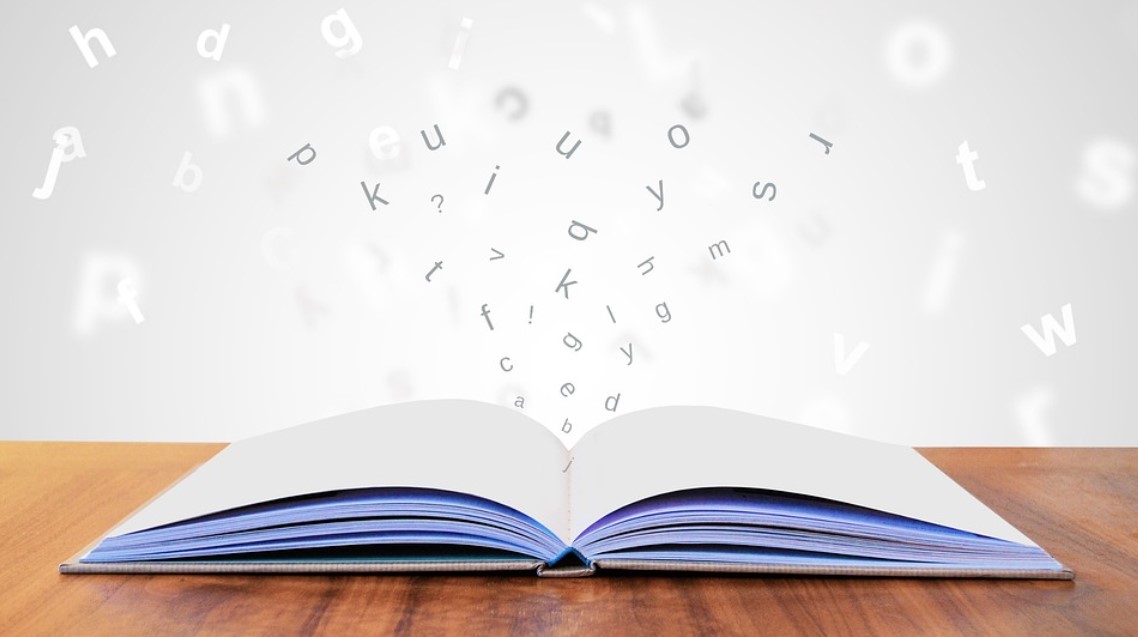One prevalent learning disability that impacts reading, spelling, and writing abilities is dyslexia, which often makes it challenging for individuals to decode words and understand written language.
Effective treatments for dyslexia focus on building these core skills through specialised methods tailored to each person's unique needs. Among the most successful approaches are structured literacy programs, like the Orton-Gillingham method, which uses multisensory techniques to reinforce phonics, reading comprehension, and fluency.
Assistive technologies, such as audiobooks and speech-to-text tools, also support individuals by making learning more accessible. Early intervention and personalised instruction can make a significant difference in managing dyslexia, empowering individuals to build confidence and improve their literacy skills. Read this blog to know more.
Let’s get straight to the point
This blog explains the most effective treatments for dyslexia, a common learning difficulty impacting reading, spelling, and writing. Key treatments include structured literacy programs like the Orton-Gillingham method, which uses a multisensory, personalised approach to reinforce phonics, reading comprehension, and fluency.
Assistive technologies, such as audiobooks and speech-to-text tools, help make learning more accessible. Early intervention and individualised education plans (IEPs) are critical, providing tailored goals and support.
The blog also highlights specific learning challenges dyslexic children face, such as decoding words, spelling, executive function issues, and social and emotional impacts.
Diagnosis involves comprehensive assessments, and parental support is vital in early literacy development, creating reading-rich environments, and working closely with educators. With consistent support, children with dyslexia can significantly improve their literacy skills and succeed academically and personally.
Treatment Approaches For Dyslexia

Once diagnosed, children can benefit from a range of interventions. Although dyslexia is a lifelong condition, early and consistent treatment can greatly improve literacy skills and overall quality of life. Key treatments include:
The Orton-Gillingham Method
The Orton-Gillingham (OG) approach is widely recognised as one of the most effective interventions for dyslexia. Developed in the 1930s, this method emphasises a structured, multisensory approach to reading instruction:
- Personalisation: Each lesson is tailored to the student's unique learning needs.
- Multisensory Learning: This method engages multiple senses simultaneously (e.g., visual, auditory, and kinesthetic) to reinforce language skills.
- Sequential Structure: Language rules are introduced progressively, building a strong basis before tackling more complex subjects like syllable types, roots, and suffixes.
- Direct and Cumulative Instruction: Each lesson builds upon previous knowledge, systematically reinforcing and expanding literacy skills.
Educational Techniques And Tools
Dyslexia can be managed with specialised educational techniques, which include:
- Auditory, Visual, and Tactile Learning: Combining these methods helps children retain information more effectively. For instance, listening to a story while tracing words with their fingers can reinforce learning.
- Individualised Learning Plans: An Individualised Education Plan (IEP) provides a roadmap of specific support measures, detailing goals and assistance tailored to the student's needs.
- Structured Literacy Programs: Programs like phonics-based reading instruction, which focuses on language sounds, are essential for helping dyslexic children decode and comprehend text more easily.
Goals Of Dyslexia Treatment
The main objectives of dyslexia treatment are to enhance a child's abilities in:
- Phonemic Awareness: Recognising and understanding the sounds that make words
- Phonics: Associating sounds with letters and letter combinations
- Reading Comprehension: Developing strategies to understand written text
- Reading Fluency and Vocabulary: Improving reading speed and accuracy through practice
- Spelling and Writing Skills: Helping children articulate their ideas on paper effectively
Characteristics Of Dyslexia

Dyslexia manifests differently in each child, making it challenging to pinpoint a universal set of symptoms. However, some common characteristics include:
- Executive Function Challenges
- Dyslexic children often have underdeveloped executive functions, which impact their ability to plan and organise tasks. Due to the complex planning involved, basic tasks like tidying a room or completing homework may seem overwhelming.
- Learning and Communication Issues
- Children may struggle with understanding idioms, following rapid instructions, and articulating new vocabulary. Expressing themselves verbally can also be challenging.
- Reading Difficulties
- Dyslexia affects the ability to decode and recall linguistic symbols, often resulting in slow reading and mispronunciation. This can lead to a lack of interest in reading.
- Spelling and Writing Challenges
- Dyslexic children frequently struggle with spelling, finding it hard to learn and apply new words. Writing tasks like note-taking can also be difficult due to fine motor control and handwriting issues.
- Spatial Awareness and Coordination Problems
- Dyslexia can impact directional understanding, such as distinguishing left from right or up from down. This often affects coordination in activities like cycling or playing team sports.
- Mathematics Difficulties
- Dyslexic children often struggle to understand math symbols and operations due to a lack of recognition of symbols and patterns.
- Social and Emotional Challenges
- Dyslexia can influence social behaviour, leading to classroom difficulties, withdrawal, or a need for strict organisation.
Diagnosing Dyslexia
A comprehensive evaluation is crucial for diagnosing dyslexia. This process typically involves:
- Educational assessments to evaluate literacy skills and identify specific challenges
- Additional testing that may include assessments of vision, hearing, and neurological functioning
- Family history review to determine any hereditary factors
Special education support is available in Australia for children with diagnosed learning disabilities. Since obtaining a diagnosis may take time, early literacy intervention is often recommended while awaiting formal assessments.
The Role Of Parents In Dyslexia Support
Parents are essential in helping children with dyslexia. Parents can help in the following ways:
- Seek Early Intervention: Prompt action is essential. If you suspect your child may have dyslexia, consult their doctor and arrange for a formal evaluation.
- Create a Reading-Rich Environment: Read to your child regularly, starting as early as possible. Shared reading experiences, like listening to audiobooks together, can help reinforce language comprehension and create positive reading associations.
- Communicate with Teachers: Regular meetings can ensure that the school is aware of and responsive to your child's needs and environment.
- Encourage Reading Practice: Regular reading at home strengthens literacy skills. Provide engaging books and create a routine to make reading enjoyable.
- Set an example for reading by demonstrating to your youngster that reading is valuable by reading regularly yourself. This sets a positive example and demonstrates your support.
School's Role In Dyslexia Support
In Australia, schools are required to provide support for students with dyslexia. This includes developing an Individualised Education Plan (IEP) tailored to each student's needs. Meeting with teachers to create and regularly update the IEP ensures that children receive the necessary accommodations and support.
Long-Term Prospects For Children With Dyslexia
Early treatment is crucial for children with dyslexia. Those receiving targeted reading support during early school can often progress successfully in later grades.
Although reading may always be challenging for some, with continuous support, children with dyslexia can improve their reading abilities and discover strategies to enhance their academic performance and well-being.
Conclusion
Dyslexia is a frequent learning issue that affects millions of people. It impacts the brain's ability to process language but does not affect intelligence or creativity.
While dyslexia cannot be "cured," early diagnosis and individualised treatment plans can empower children and adults to improve their literacy skills and thrive academically and personally.
Parents, educators, and schools all play essential roles in supporting children with dyslexia, helping them reach their full potential through understanding, structured teaching methods, and positive reinforcement.
FAQs About Treatments For Dyslexia
Dyslexia is a disorder present at birth and cannot be prevented or cured, but it can be managed with special instruction and support. Early intervention to address reading problems is important.
While dyslexic children do not merely 'outgrow' their early learning problems, many do overcome them. Thus, the specific symptoms or problems identified early in life may no longer exist in adulthood, and therefore would not be measurable.
Dyslexia is not a disease, and thus medication will not cure a person with dyslexia, nor will it help with the dyslexia itself. Rather, dyslexia is the result of a different style of thinking and learning, and is best addressed through educational counseling or tutoring.
Experts agree that the best practice for teaching children with dyslexia is to teach them by engaging all their senses (multisensory teaching). This means using visuals, motion, body movement, hands-on, and auditory elements in their learning.
People do not outgrow dyslexia, although the symptoms do tend to vary by age. With appropriate instruction and support, people with dyslexia can succeed in school and the workplace. Keep reading to learn more about how dyslexia can affect people at different ages.

